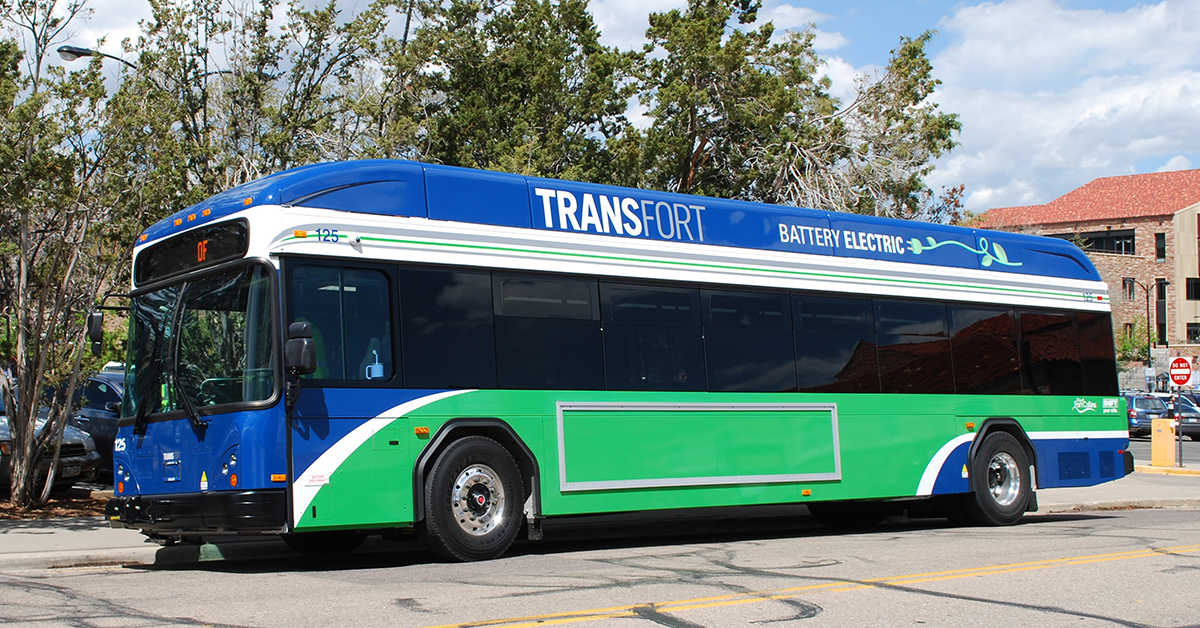
Spend enough time around those of us developing climate change solutions, and you are bound to hear the term, "low-hanging fruit" to describe emissions reductions opportunities that are comparatively low cost, quick to implement, or glaringly obvious. Though complex and multi-faceted, the electrification of the United States Postal Service fleet is a low-hanging opportunity to dramatically reduce carbon emissions.
The USPS fleet consists of over 228,000 vehicles and it is long overdue for an overhaul: over half of the vehicles are nearing the end of their intended lifespan. The current delivery trucks average ten miles per gallon, and 69 percent of the current fleet is now between 25 and 32 years old.
Responding to the need to modernize its fleet, the United States Postal Service (USPS) awarded a 10-year contract to Oshkosh Defense to manufacture replacement vehicles, but only calls for 10% of the next generation fleet to be zero-emission. The remaining vehicles will be built as internal combustion engines (ICE) but the Postal Service, according to Postmaster General Louis DeJoy, would spend an additional $500 million to ensure that they were designed to be retrofitted to electric drivetrains at some point in the future.
This approach, while perhaps shaped by good intentions, fails to capitalize on the opportunity to modernize the USPS fleet in a calculated, data-driven way. Why incur the additional costs to build and later retrofit an ICE vehicle instead of building an electric vehicle to begin with? While the USPS isn't ready to transition 100 percent of its fleet, a more aggressive goal than 10% is certainly achievable with sufficient planning backed by technical expertise.
Think modern, not retro
CTE has managed the development of numerous zero-emission vehicle prototypes, both ground-up and retrofit designs; our engineering expertise informs the solutions we stand behind. From our perspective, the proposal to retrofit ICE-equipped vehicles with electric powertrains severely compromises the potential of electric powertrains to improve the cost-effectiveness and functionality of the vehicles. By sticking with ICE vehicles, the USPS will incur higher maintenance and operational costs until the retrofits occur. Once retrofitted, the vehicles will lack the other benefits of purpose built electric vehicles, like greater interior volume, lower load floor, and greater electric range that can only be maximized when the vehicles are designed specifically around an electric powertrain. Given the typical service life of 24 years for USPS vehicles, in order to optimize emissions avoidances and avoid latent retrofit costs in efficiencies and capital, the time to optimize the design around electric-drive technology is now.
Even the best guesses can't replace proper planning
Not only will the retrofit approach hobble the capabilities of individual vehicles, but this approach will also compromise an efficient and successful full-fleet transition. CTE is an industry leader in planning for and deploying medium-and heavy-duty zero-emission fleet vehicles. Instead of making design compromises to accommodate both conventional and electric powertrains, CTE recommends that the USPS conduct ‘Fleet Electrification Planning' to determine which USPS operations make sense to electrify now and which are better performed by conventional technology. Fleet electrification planning will enable the USPS to maintain their current procurement and deployment timeline while ensuring that the maximum number of electric vehicles are deployed in the most cost-effective and operationally efficient manner.
This type of analysis can help optimize the benefits of both conventional and electric vehicle technology to ensure maximum benefit for the USPS and its customers. The Fleet Electrification Planning process would evaluate (a) the operational feasibility and technology requirements of the USPS's existing operations; (b) the cost-benefit ratio of various operational strategies, including all candidate powertrain technologies; and (c) the infrastructure requirements for fleet electrification to develop a plan that optimizes costs, efficiency, and environmental benefits.
Let science decide what's feasible
Fortunately, policy experts and legislators are pushing for a more pragmatic approach to updating the USPS fleet. President Biden has set the goal to decarbonize federal fleets. In May, lawmakers submitted a letter to the Biden Administration to support the necessary funding for electrifying the USPS delivery fleet and to require at least 75% of the USPS's new fleet to be electric or zero-emission. Representative Jared Huffman (D-CA) introduced the Postal Vehicle Modernization Act to the House while Representative Carolyn Maloney (D-NY) is shepherding the Postal Service Reform Act of 2021. CTE supports these efforts to consider the short and long-term benefits of a modern electric postal delivery fleet.
But our inner engineers cannot help but reiterate that setting fleet composition targets without a fleet electrification study will significantly impact the USPS's ability to realize the full benefits of electric-drive technology, as well as greatly increase the risk of the electric NGDVs failing to meet their service and cost-savings requirements. With proper planning, the USPS can leverage the capabilities of experienced zero-emission fleet planners and engineers to optimize the adoption of the next-generation fleet.





